49+ Sample Expense Forms
-
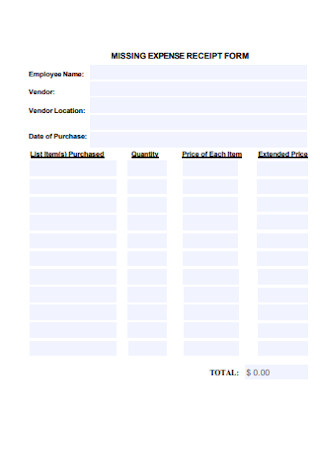
Missing Expense Receipt Form
download now -
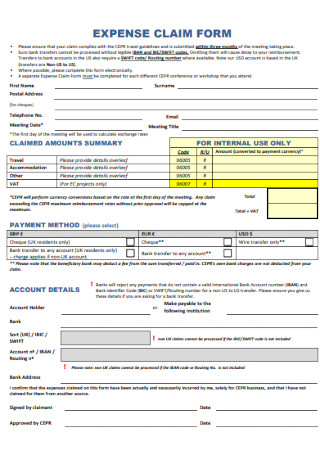
Expense Claim Form
download now -
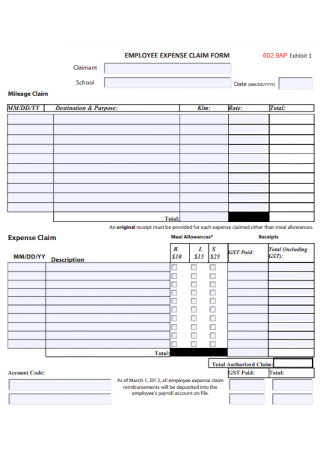
Employee Expense Claim Form
download now -

Income and Expense Statement Form
download now -
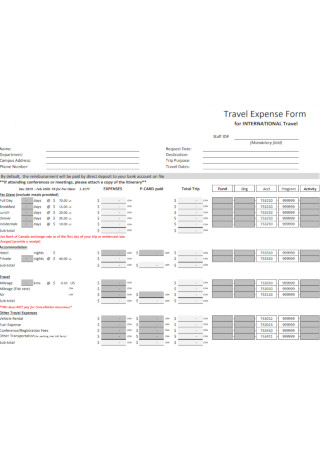
Travel Expense Form
download now -
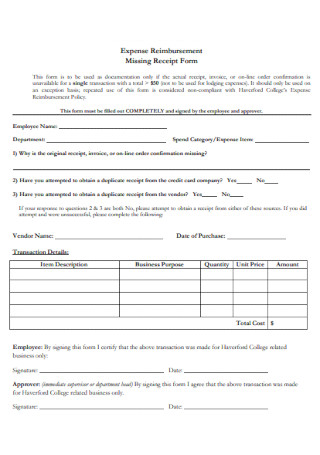
Expense Reimbursement Receipt Form
download now -
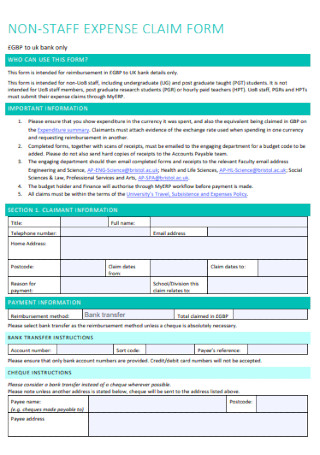
Non Staff Expense Claim Form
download now -
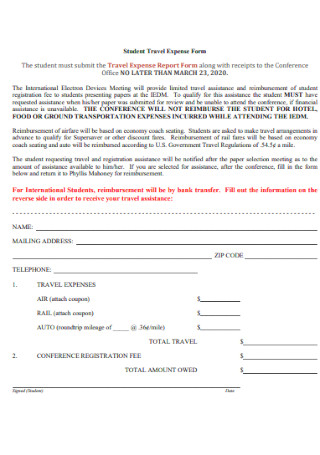
Student Travel Expense Form
download now -
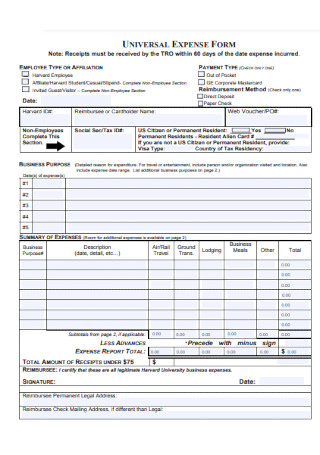
Universal Expense Form
download now -
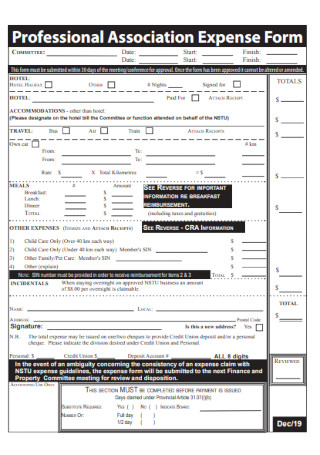
Professional Association Expense Form
download now -
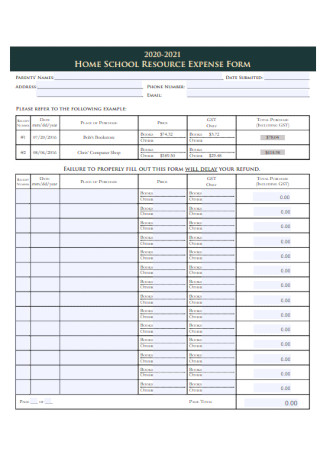
School Resource Expense Form
download now -
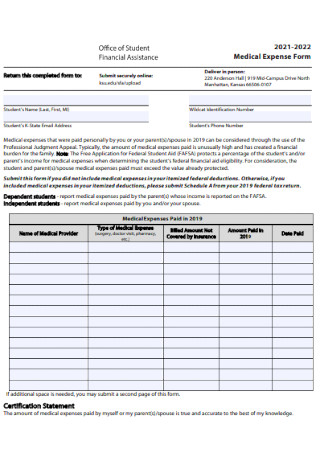
Medical Expense Form
download now -

Fuel Expense Declaration Form
download now -
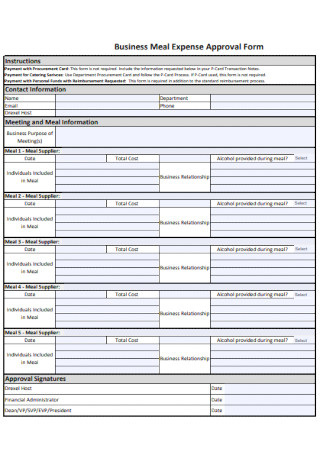
Meal Expense Approval Form
download now -
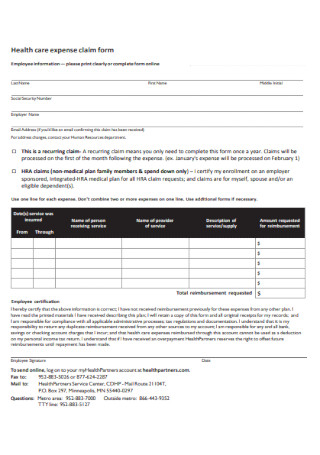
Health Care Expense Claim Form
download now -
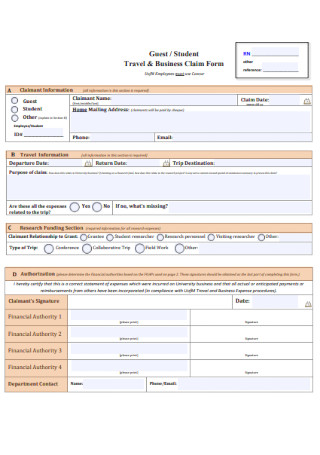
Travel Business Claim Form
download now -
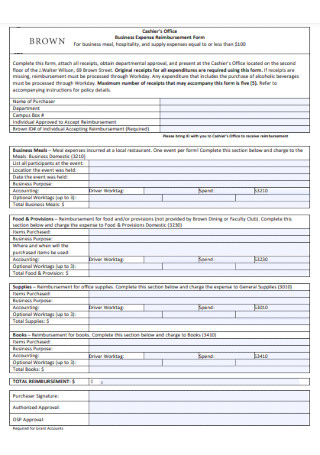
Business Expense Reimbursement Form
download now -
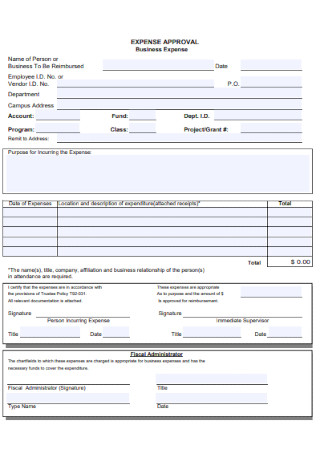
Expense Approval Form
download now -
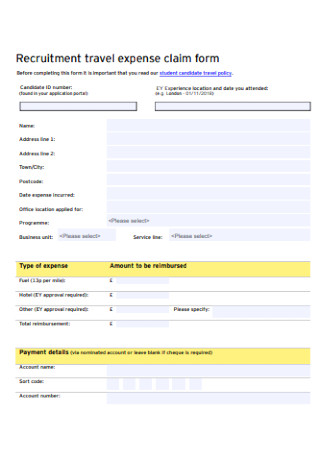
travel Expense Claim Form
download now -
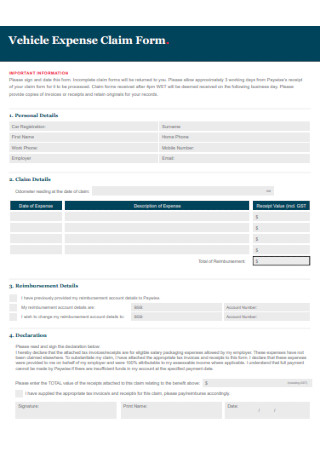
Vehicle Expense Claim Form
download now -
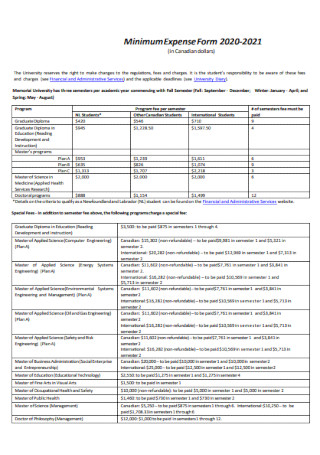
Minimum Expense Form
download now -
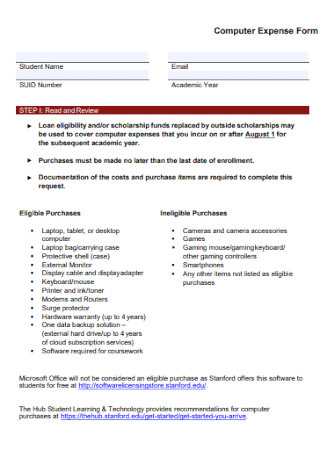
Computer Expense Form
download now -
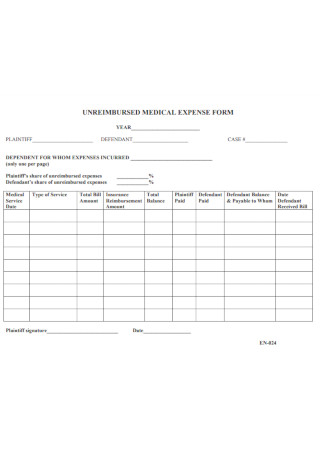
Unreimbursment Medical Expense Form
download now -
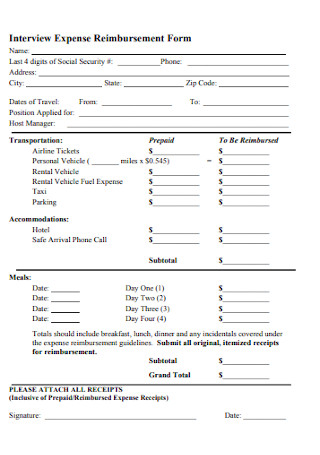
Interview Expense Form
download now -
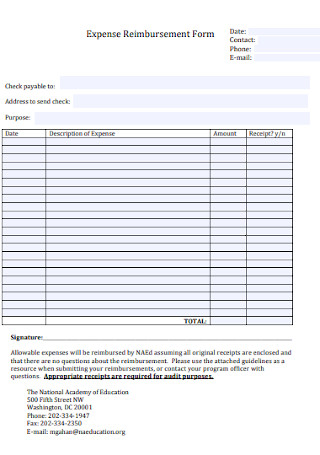
Education Expense Reimbursement Form
download now -
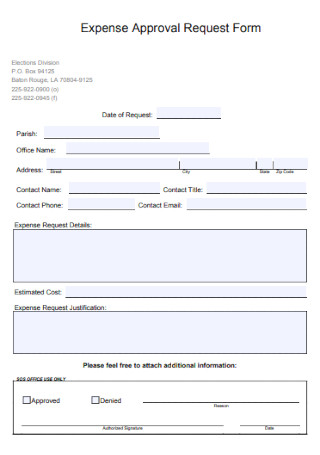
Expense Approval Request Form
download now -
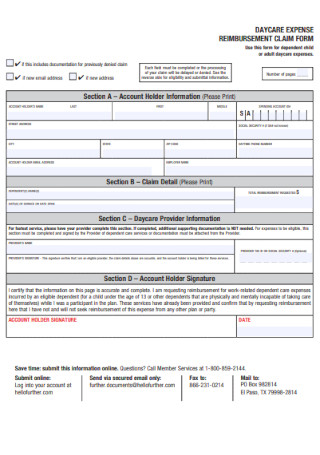
Day Care Expense Form
download now -
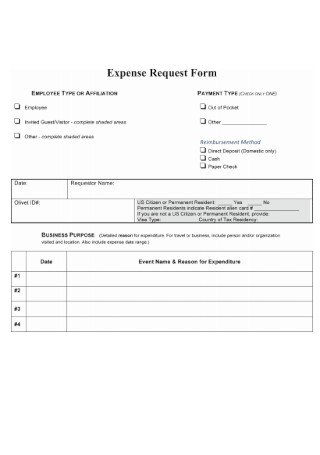
Expense Request Form Template
download now -
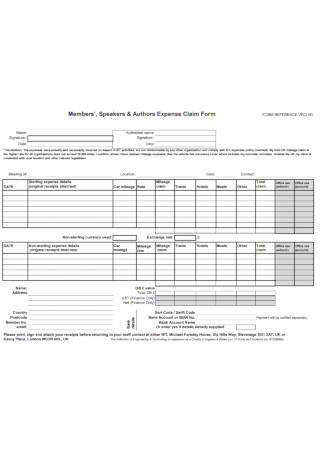
Authors Expense Claim Form
download now -

Competition Expense Form
download now -
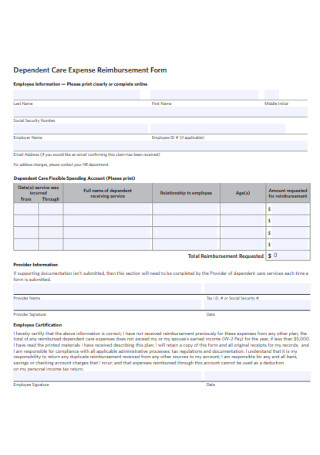
Dependent Care Expense Form
download now -
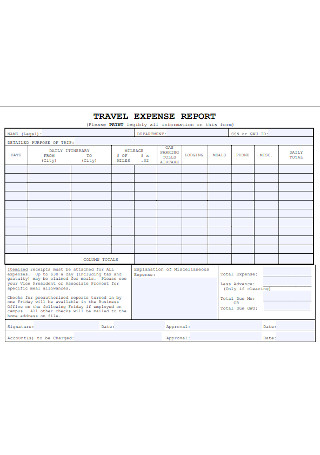
Travel Expense Report Form
download now -
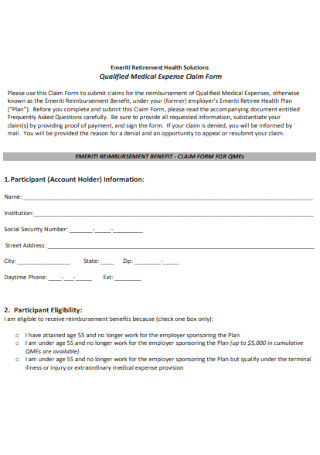
Qualified Medical Expense Claim Form
download now -
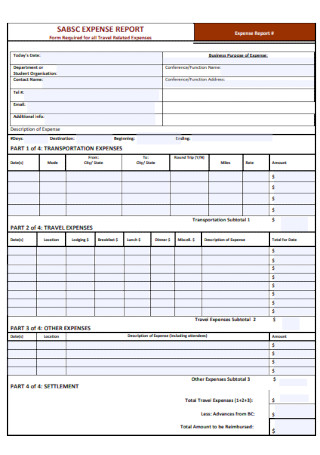
Simple Expense Form Template
download now -
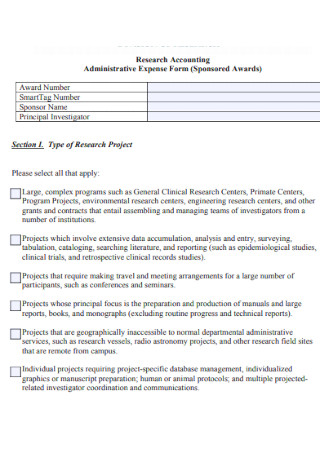
Administrative Expense Form
download now -
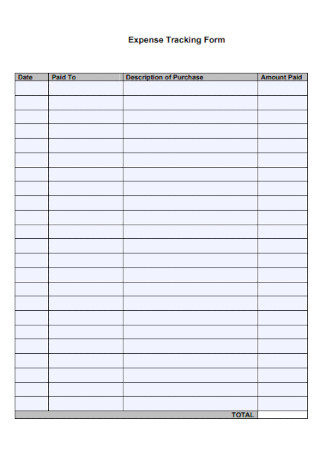
Expense Tracking Form
download now -
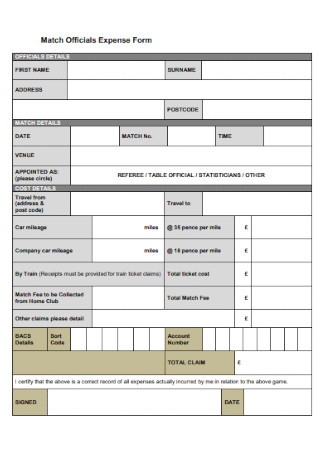
Match Officials Expense Form
download now -
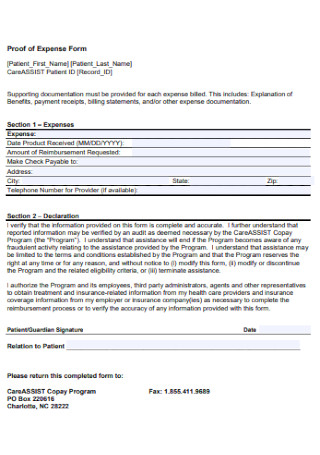
Proof of Expense Form
download now -
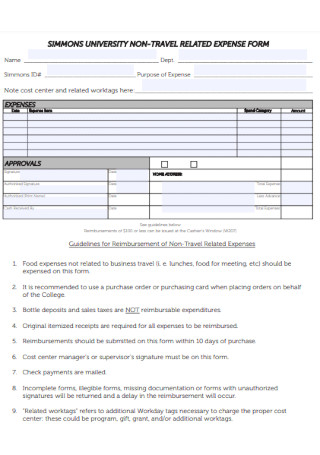
Non-Travel Related Expense Form
download now -
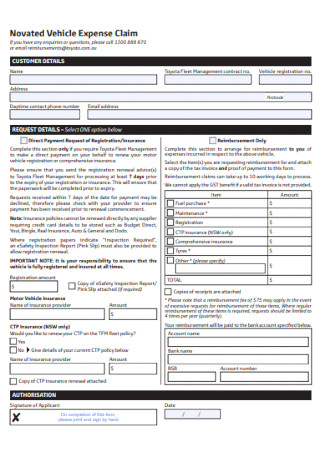
Novated Vehicle Expense Claim Form
download now -
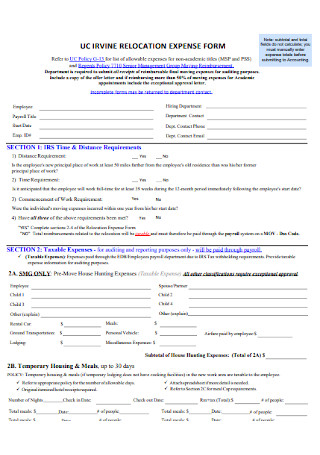
Relocation Expense Form
download now -
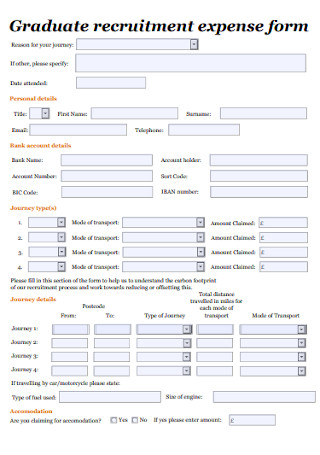
Graduate Recruitment Expense Form
download now -
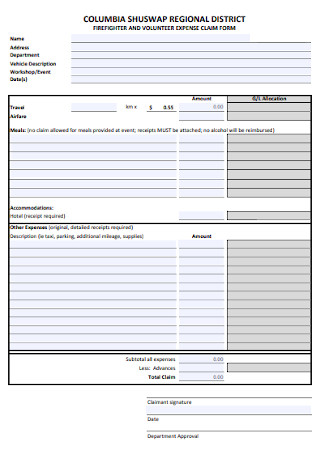
Colunteer Expense Form
download now -
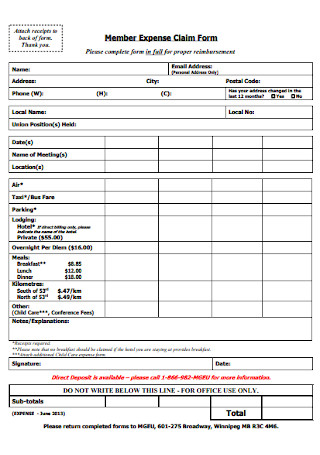
Member Expense Claim Form
download now -
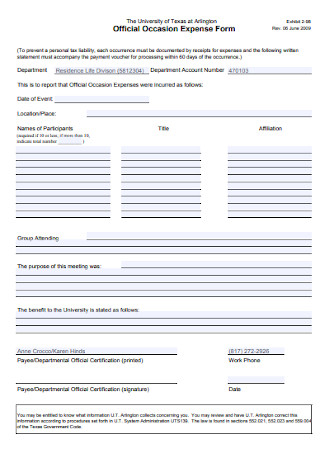
Official Occasion Expense Form
download now -
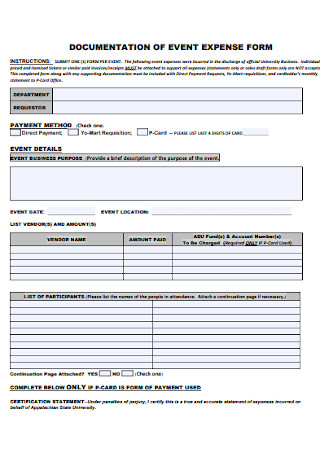
Documentation of Event Expense Form
download now -
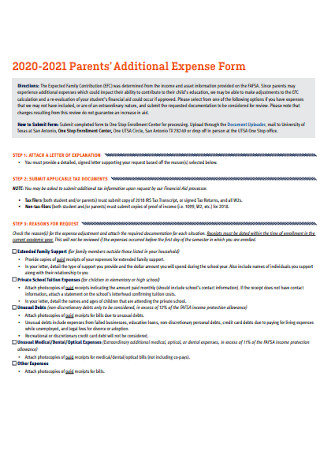
Parents Additional Expense Form
download now -
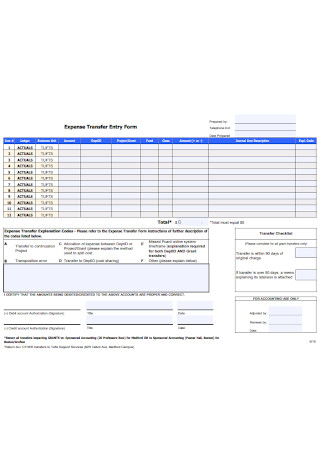
Expense Transfer Entry Form
download now -

Members Expense Claim Form
download now
What Is an Expense Form?
An expense form is a formal document that is used to itemize or list down various expenses of an individual, typically an employee or a professional. In most cases, an expense form is used to expedite the process of reimbursement.
According to a recent article by TravelPerk, the average cost for a US business trip is $1,293- based on a 2019 Runzheimer report. When it comes to international business trips, the average expense was about $2,525.
Types of Employee Expenses
There are all kinds of expenses and it’s important to classify them into groups. There are household expenses, office expenses and also personal expenses. But for the purpose of this article, the following examples below describe the common types of employee expenses that are generally eligible for reimbursement.
Tips for Filing an Expense Form
If you want to claim your refund or be reimbursed properly, then you need to keep in mind these important tips. Of course, each company or organization has their own process or system for expense tracking. But needless to say, you also should be responsible for your own expenses especially if the funds you are using belong to the company.
How to Create an Expense Form
To create an expense form, you first need to ensure that you have all the important information regarding your expenses. And if you are looking for a quick way to create an expense form or report, then using a ready-made template is the most practical option. Simply choose from the dozens of printable templates above and follow the basic steps below.
Step 1: Select a Template
The first step is to choose a suitable template. Of course, you also have the option to start from scratch. But if you are short on time and need to get the job done quickly, a template is the easiest option. With a pre-designed template, you don’t have to worry about getting the format right. All you need to do is input the important details. In the case of an expense form, it is best to use a table to establish a more organized report. With a table, you can easily list down or enumerate your various expenses in a clear-cut way. Plus, it makes it more reader-friendly. Alternatively, you can also use an Excel spreadsheet; the application also has several templates that you can use.
Step 2: Itemize Each Expense
The most important step in creating an expense form is enumerating your expenses. It is crucial that you itemize each and every expense incurred. Whether it’s a pricey business dinner with a client or a seemingly trivial purchase like duct tape for a company event, list it down. When it comes to refundable company expenses, the main categories are usually meals, transportation, and travel (or accommodation). With this in mind, you can categorize the items or cluster it according to the nature of the expense. For instance, list down your breakfast, lunch, dinner, and snacks under meals. And for transportation-related costs like taxis or gas, you can place them under another section.
Step 3: Double Check the Data
After listing all your expenses, it is important to double check the amounts. Double checking the information and reviewing your report before submitting is a vital step. Doing this can save you a lot of potential problems or inconvenience later on. See to it that it is the correct amount for each item or expense. The expense report needs to reflect what is stated in the receipt. It might also help to provide a brief description for each item, if space and time permits. This will help clarify or justify your expenses better. Lastly, you can include dates in your report as well. Official receipts come with receipt numbers and time stamps. So basing it on the receipts you’ve kept, you can indicate the date of each expense under a different column in the table.
Step 4: State the Total Amount
The last step is to total all your expenses and indicate the amount at the bottom of the form or table. You can highlight the total amount or type it in bold numbers to further emphasize it. If you are comfortable using Excel, you can easily obtain the total by using the sum function in the application. Providing a summary of your expenses is necessary when crafting an expense report. Lastly, don’t forget to include your name, signature and date in the expense form before submitting it.
FAQs
What is an expense claim form?
An expense claim form is a business document that itemizes a list of official expenses to be reimbursed by a company.
What is an expense form used for?
In business, an expense form is commonly used to document business expenses for reimbursement or refund purposes.
How do you create an expense form?
To create an expense form, the easiest way is to use a template and simply fill in the necessary expenses or items along with their corresponding amounts.
An expense form is a useful business document that can help promote greater accountability and transparency. Browse the wide collection of editable and printable templates above, choose one that suits your needs and create your own expense form today!
